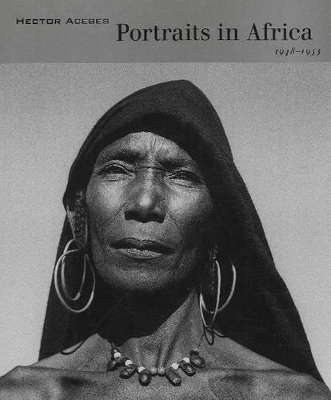Hector Acebes took three extended trips to Africa shortly after World War II: in 1948, 1949 and 1953. Travelling alone, with a Rolleiflex camera and motion picture equipment, he had already succeeded in his primary goal after graduation from MIT in 1946 -- avoiding a desk job. He would also succeed in creating a body of superb photographic artwork. Now in his 80s, Acebes recently rediscovered these magnificent photographs in his files. To him, the images brought back memories of his youthful adventures through northern and central Africa. To us, they reveal a refreshingly attractive and unironic look at individuals and landscapes of the world's most dramatic continent. What is it in these photographs that captures our imaginations? Formal beauty, to be sure. Acebes's keen technical ability and compositional skills are obvious, but it is the evident grace in the relationships Acebes established with his subjects that elevate these images. They command our attention and respect as important documents of indigenous peoples, cultures, and villages, but they go beyond that. These photographs hold their own as important fine art. They deserve a rightful place in the history of twentieth-century photography. This book reveals them to the world. In his introduction, the Columbia poet and essayist William Ospina discusses how the passage of time erases the memory of cultures, peoples, and individuals, and how these photographs help us retain not just the evidence of endangered cultures, but the spirit of the individuals who were the culture. An African photo historian (TBD) puts Acebes's work into the context of twentieth-century photography. An appendix with brief ethnographic descriptions of each photograph will be included.
- ISBN10 1919938184
- ISBN13 9781919938189
- Publish Date 1 August 2004 (first published 1 July 2004)
- Publish Status Out of Print
- Out of Print 19 August 2014
- Publish Country ZA
- Imprint Sunbird Publishers Ltd
- Format Paperback
- Pages 144
- Language English
